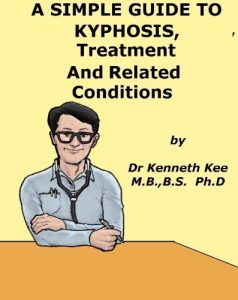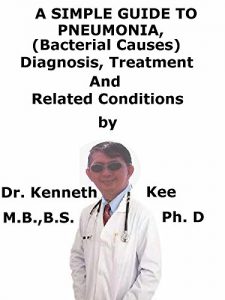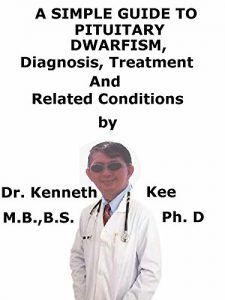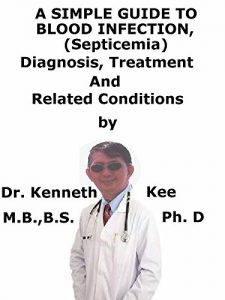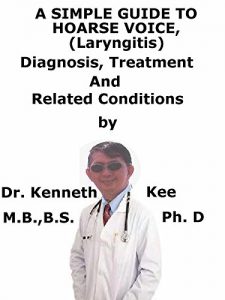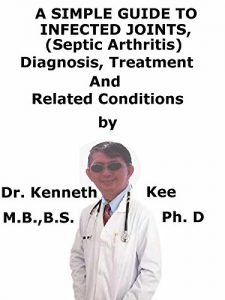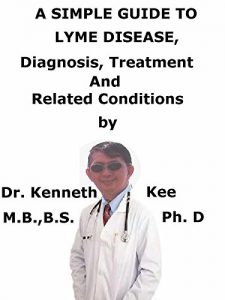Introduction
Ode to Kyphosis
Kyphosis is the abnormal curvature of the spine
It is usually noticed in older people and grows with time
Elderly females are affected more than male
Kyphosis screening should done for both males and females
Usually there are no symptoms except a slight fatigue in the spine
There may angulation of the spine that showed up over time
The most important test is the Bone density test
Where porosity of some bones are more than the rest
X-rays and MRI of the spine will then confirm the severity
Constant observation will determine the need for surgery
Measurement of the curvature will help decide the treatment
Mild kyphosis do not require any adjustment
Moderate kyphosis may require the wearing of back braces
Which should prevent further curving of the spine at all places
Severe kyphosis may require surgical intervention
With metal rods, bolts and screws and vertebral fusion
-An original poem by Kenneth Kee
Interesting Tips about the Kyphosis
A Healthy Lifestyle
1. Take a well Balanced Diet
2. Treatment depends on the cause of the disorder:
Congenital kyphosis requires corrective surgery at an early age.
Scheuermann's disease is treated with a brace and physical therapy. Occasionally surgery is needed for large (greater than 60 degrees), painful curves.
Multiple compression fractures from osteoporosis can be left alone if there are no nervous system problems or pain. However, the osteoporosis needs to be treated to help prevent future fractures.
For debilitating deformity or pain, surgery is an option.
Kyphosis caused by infection or tumor needs to be treated more aggressively, often with surgery and medications.
Treatment for other types of kyphosis depends on the cause. Surgery is needed if neurological symptoms or persistent pain develop.
3. Keep bones and body strong
Bone marrow produces our blood
Eat foods rich in calcium like yogurt, cheese, milk, and dark green vegetables.
Eat foods rich in Vitamin D, like eggs, fatty fish, cereal, and fortified milk.
Eat food rich in Vitamins B and C such as green vegetables and fruits
Zinc and other minerals are important to the body
4. Get enough rest and Sleep
Avoid stress and tension
5. Exercise and stay active.
It is best to do weight-bearing exercise such as walking, jogging, stair climbing, dancing, or lifting weights for 2½ hours a week.
One way to do this is to be active 30 minutes a day at least 5 days a week.
Begin slowly especially if a person has not been active.
6. Do not drink more than 2 alcohol drinks a day for a man or 1 alcohol drink a day for a woman.
Alcohol use also increases the chance of falling and breaking a bone.
Alcohol can affect the neurons and brain cells.
7. Stop or do not begin smoking.
It also interferes with blood supply and healing.
Chapter 1
Kyphosis
Kyphosis is a curving of the spine that causes a bowing or rounding of the back which leads to a hunchback or slouching posture.
Kyphosis can occur at any age although it is rare at birth.
Adolescent kyphosis, also known as Scheuermann's disease, is caused by the wedging together of several bones of the spine (vertebrae) in a row.
The cause of Scheuermann's disease is unknown.
In adults, kyphosis can be caused by:
1. Degenerative diseases of the spine (such as arthritis or disk degeneration)
2. Fractures caused by osteoporosis (osteoporotic compression fractures)
3. Injury (trauma)
4. Slipping of one vertebra forward on another
5. Certain endocrine diseases
6. Connective tissue disorders
7. Infection (such as tuberculosis)
8. Muscular dystrophy
9. Neurofibromatosis
10. Paget's disease
11. Polio
12. Spina bifida
13. Tumors
Kyphosis can also be seen with scoliosis.
Each cause has its own risk
Introduction
Chapter 1 Kyphosis
Chapter 2 More Facts of Kyphosis
Chapter 3 Treatment of Kyphosis
Ode to Kyphosis
Kyphosis is the abnormal curvature of the spine
It is usually noticed in older people and grows with time
Elderly females are affected more than male
Kyphosis screening should done for both males and females
Usually there are no symptoms except a slight fatigue in the spine
There may angulation of the spine that showed up over time
The most important test is the Bone density test
Where porosity of some bones are more than the rest
X-rays and MRI of the spine will then confirm the severity
Constant observation will determine the need for surgery
Measurement of the curvature will help decide the treatment
Mild kyphosis do not require any adjustment
Moderate kyphosis may require the wearing of back braces
Which should prevent further curving of the spine at all places
Severe kyphosis may require surgical intervention
With metal rods, bolts and screws and vertebral fusion
-An original poem by Kenneth Kee
Interesting Tips about the Kyphosis
A Healthy Lifestyle
1. Take a well Balanced Diet
2. Treatment depends on the cause of the disorder:
Congenital kyphosis requires corrective surgery at an early age.
Scheuermann's disease is treated with a brace and physical therapy. Occasionally surgery is needed for large (greater than 60 degrees), painful curves.
Multiple compression fractures from osteoporosis can be left alone if there are no nervous system problems or pain. However, the osteoporosis needs to be treated to help prevent future fractures.
For debilitating deformity or pain, surgery is an option.
Kyphosis caused by infection or tumor needs to be treated more aggressively, often with surgery and medications.
Treatment for other types of kyphosis depends on the cause. Surgery is needed if neurological symptoms or persistent pain develop.
3. Keep bones and body strong
Bone marrow produces our blood
Eat foods rich in calcium like yogurt, cheese, milk, and dark green vegetables.
Eat foods rich in Vitamin D, like eggs, fatty fish, cereal, and fortified milk.
Eat food rich in Vitamins B and C such as green vegetables and fruits
Zinc and other minerals are important to the body
4. Get enough rest and Sleep
Avoid stress and tension
5. Exercise and stay active.
It is best to do weight-bearing exercise such as walking, jogging, stair climbing, dancing, or lifting weights for 2½ hours a week.
One way to do this is to be active 30 minutes a day at least 5 days a week.
Begin slowly especially if a person has not been active.
6. Do not drink more than 2 alcohol drinks a day for a man or 1 alcohol drink a day for a woman.
Alcohol use also increases the chance of falling and breaking a bone.
Alcohol can affect the neurons and brain cells.
7. Stop or do not begin smoking.
It also interferes with blood supply and healing.
Chapter 1
Kyphosis
Kyphosis is a curving of the spine that causes a bowing or rounding of the back which leads to a hunchback or slouching posture.
Kyphosis can occur at any age although it is rare at birth.
Adolescent kyphosis, also known as Scheuermann's disease, is caused by the wedging together of several bones of the spine (vertebrae) in a row.
The cause of Scheuermann's disease is unknown.
In adults, kyphosis can be caused by:
1. Degenerative diseases of the spine (such as arthritis or disk degeneration)
2. Fractures caused by osteoporosis (osteoporotic compression fractures)
3. Injury (trauma)
4. Slipping of one vertebra forward on another
5. Certain endocrine diseases
6. Connective tissue disorders
7. Infection (such as tuberculosis)
8. Muscular dystrophy
9. Neurofibromatosis
10. Paget's disease
11. Polio
12. Spina bifida
13. Tumors
Kyphosis can also be seen with scoliosis.
Each cause has its own risk
Introduction
Chapter 1 Kyphosis
Chapter 2 More Facts of Kyphosis
Chapter 3 Treatment of Kyphosis
